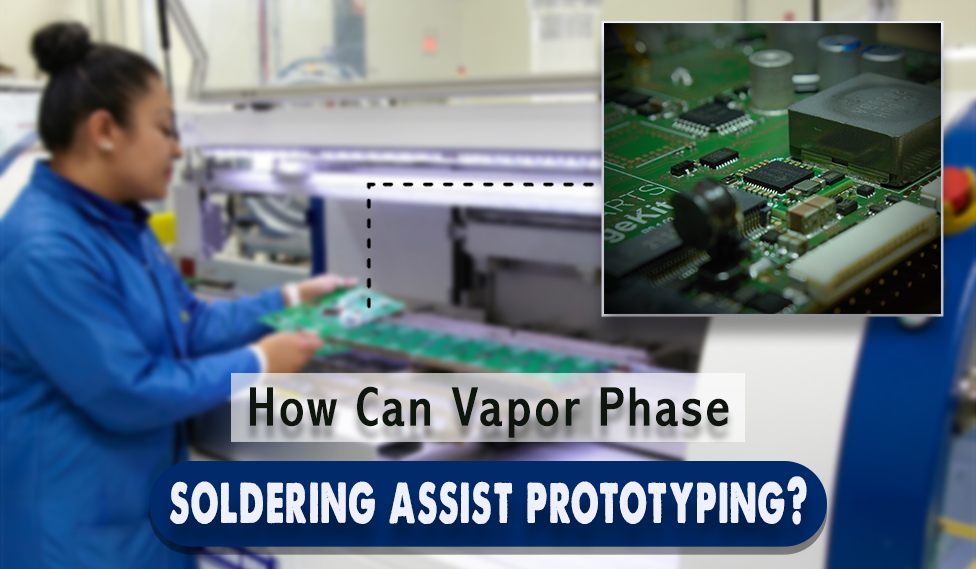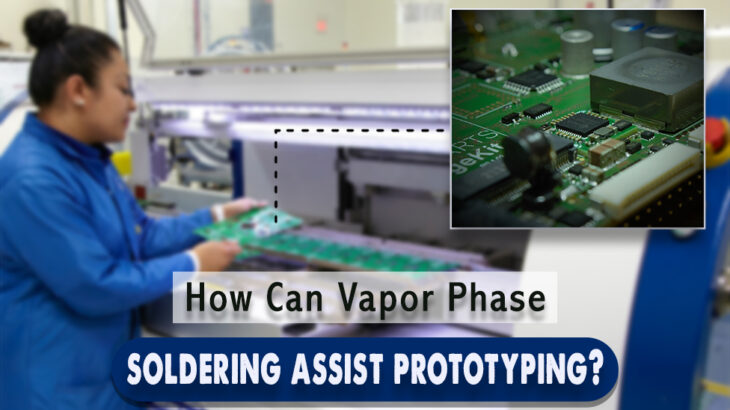
Surface-mount device components are frequently made by reflow soldering processes. When only limited amounts of parts are required, such as for prototype or small production, a full convection system is not cost-effective. This soldering form is a delicate, repetitive procedure, which is why it is one of the most widely utilized in many industries. This blog will discuss a reflow soldering process utilizing the Vapor phase soldering. Let us see how this assists prototyping.
Sunstream renders quality PCB design services using cutting-edge technologies and efficient reflow soldering procedures. We ensure that the design meets all the clients’ unique specifications and helps achieve the desired functionality.
Prototyping challenges in the soldering process
The circuit board design is integral in the prototyping process. A PCB is soldered to test the layout and schematics. If the soldering does not meet the standards, it will only hinder the troubleshooting and all the other stages to follow. No company would want delays as it means more money and time spent on unproductive steps.
The solder wicking, otherwise called the tombstone effect, is a typical problem. It can be avoided by employing a soft soldering process with a stable temperature profile.
The Vapor Soldering Process
A liquid called Galden is within the system. Galden LS230 boils precisely at 446 ℉. Therefore, the highest temperature is limited to this point during the process. While Galden heats up, it releases a vapor that is denser than air. This vapor is then directed at the Printed circuit board. It then condenses on the PCB’s surface. Since it displaces oxygen, it controls oxidation.
The thermal power is evenly distributed while the vapor condenses. It raises the temperature of the PCB, the members, and the solder paste used to connect them.
Once the board reaches 356℉, the solder paste starts melting. Even after the temperature is reduced, the vapours inside the chamber would not have subsided. So, the system should not be opened until the Galden turns to its original state.
A robust cooling method can decrease the waiting time between two soldering cycles.
Suitable vapor phase soldering systems for soldering
Many vapor phase soldering technologies are available in the prototyping field. They vary in their ability to handle extreme temperatures and preserve the high-cost media Galden. Some are cooled by air, while others are cooled by an open or closed water circuit.
The dynamic of the temperature profiles that can be applied is also determined by the performance of the cooling elements. An automatic lift can reduce the temperature utilized to solder the PCB by increasing the distance between the boiling Galden and the PCB during the soldering operation.
Vapor phase soldering is a precise soldering technology for prototyping and small-scale production that protects costly and sensitive components. Engineers can better grasp the process and adjust the system to their specific needs by employing this method with an open-source solution.
PCB design is very crucial as it contributes to reliable embedded software development. Therefore, the latest systems, components, and procedures should be utilized to get the best out of PCB design and implementation.




 +1.585.935.7123
+1.585.935.7123 +91-804-148-6861
+91-804-148-6861